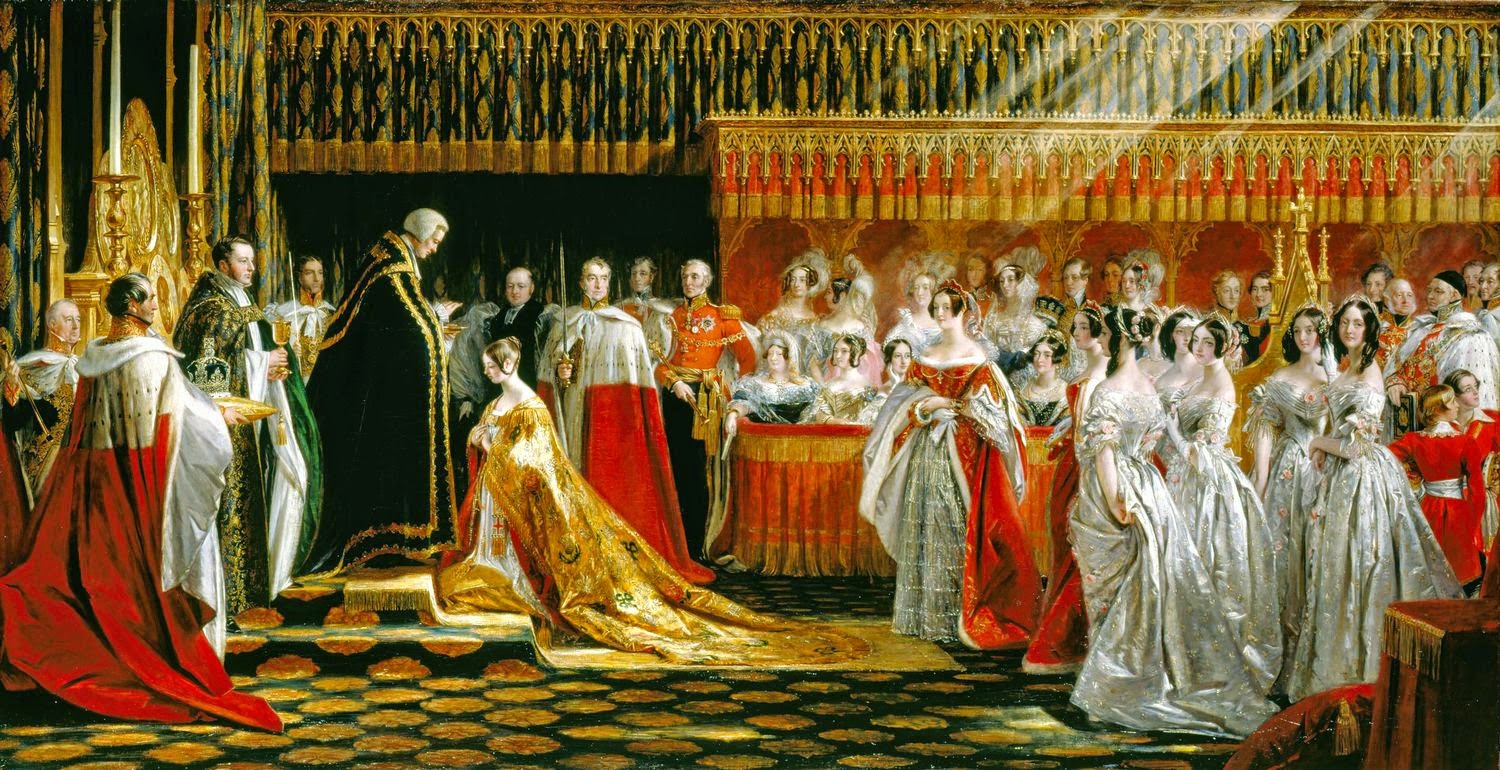Against one set of enemies, however, Charles VII was not successful—his rebellious vassals, many of them beneficiaries of the new bastard feudalism, who still controlled nearly half of the kingdom. The most powerful of these vassals was the duke of Burgundy, Philip the Good (r. 1419-1467), whose authority extended to Flanders and other major portions of the Low Countries. This sprawling Burgundian realm was almost an emerging national state.
It was also a personal state, for Duke Philip had assembled it as much by good fortune as by good management, inheriting some lands and acquiring others by conquest or negotiation. Yet it was also a menacing state that might have interposed itself between France and Germany. Philip behaved as though he were a monarch of the first magnitude. The wealth of the Flemish and Dutch towns enabled him to maintain the most lavish court in Europe, and his resources at least equaled those of the king of France and the Holy Roman emperor.
The decisive trial of strength between France and Burgundy took place under the successors of Charles VII and Philip the Good—King Louis XI (r. 1461-1483) and Duke Charles the Bold (r. 1467-1477). Although the new French king had repeatedly intrigued against his father while he was dauphin, he now energetically pursued the policies that Charles VII had initiated.
At his accession Louis was already a crafty and practiced politician who preferred secret diplomacy to open war. He forced his protesting subjects to pay higher taxes but gave men of the middle class responsible posts in his administration. He appeased the pope by withdrawing the Pragmatic Sanction of 1438, but in practice continued most of its restrictions on papal control over the Gallican church. He enlarged the army bequeathed him by his father but conserved its use for the direst emergencies.
Where Louis XI was cautious, Charles the Bold was audacious to the point of folly. He was determined to bridge the gap between Burgundy and the Low Countries and seize Lorraine and Alsace. Since Alsace was a confused patchwork of feudal jurisdictions overlapping northern Switzerland, his designs threatened the largely independent Swiss Confederation. Subsidized by Louis XI, the Swiss defeated Charles three times in 1476 and 1477; in the last battle, at Nancy, Charles was slain.
Since Charles left no son, his lands were partitioned. The duchy of Burgundy passed permanently to France. The Low Countries went to Mary, the daughter of Charles, who married Maximilian of Habsburg, later Holy Roman emperor.
Though Louis XI did not keep all the Burgundian inheritance out of the hands of potential enemies, he shattered the prospect of a middle kingdom. He broke the strength of the Armagnac faction as well, recovered most of the territory held as apanages, and doubled the size of the royal domain. At his death, French bastard feudalism was virtually eliminated.
The only major region still largely independent of the Crown was the duchy of Brittany, and this passed to royal control during the reign of Charles VIII (r. 1483-1498), Louis’s son and successor. The France of Louis XI was not yet a full- fledged national monarchy, but by his consolidation of territory and by his competent central administration, Louis laid the foundations for a proud, cohesive, confident nation in subsequent centuries.

